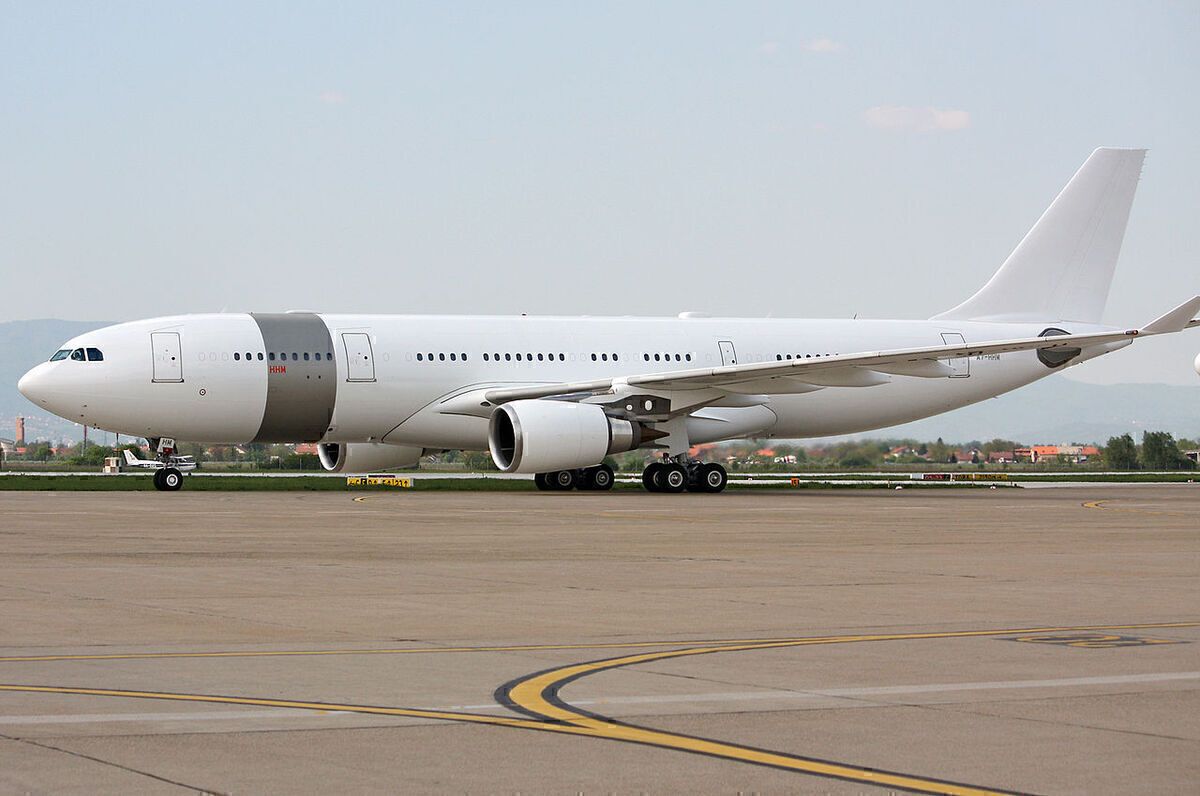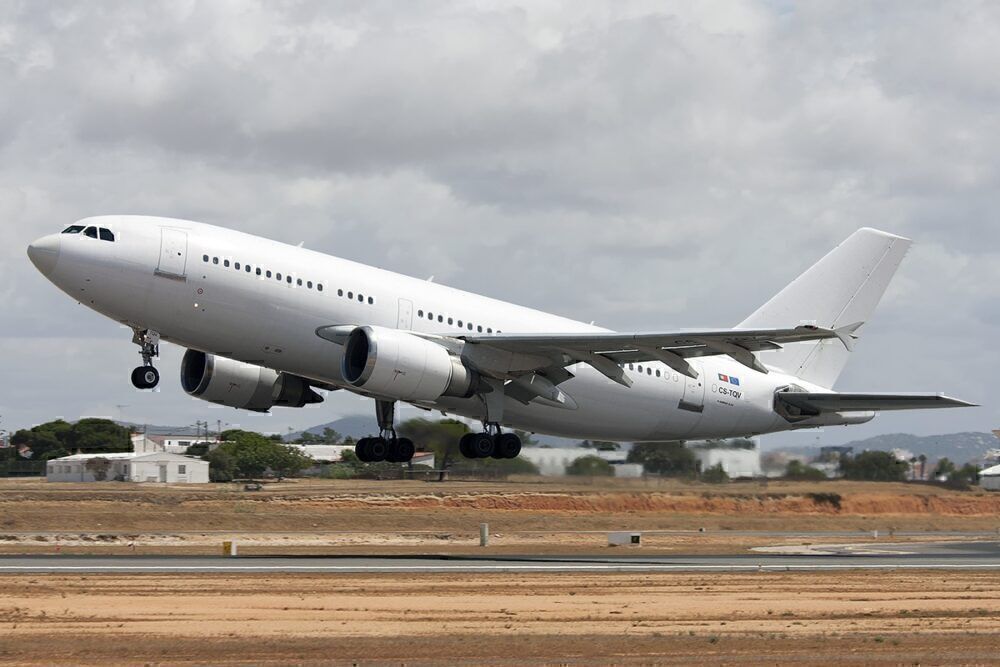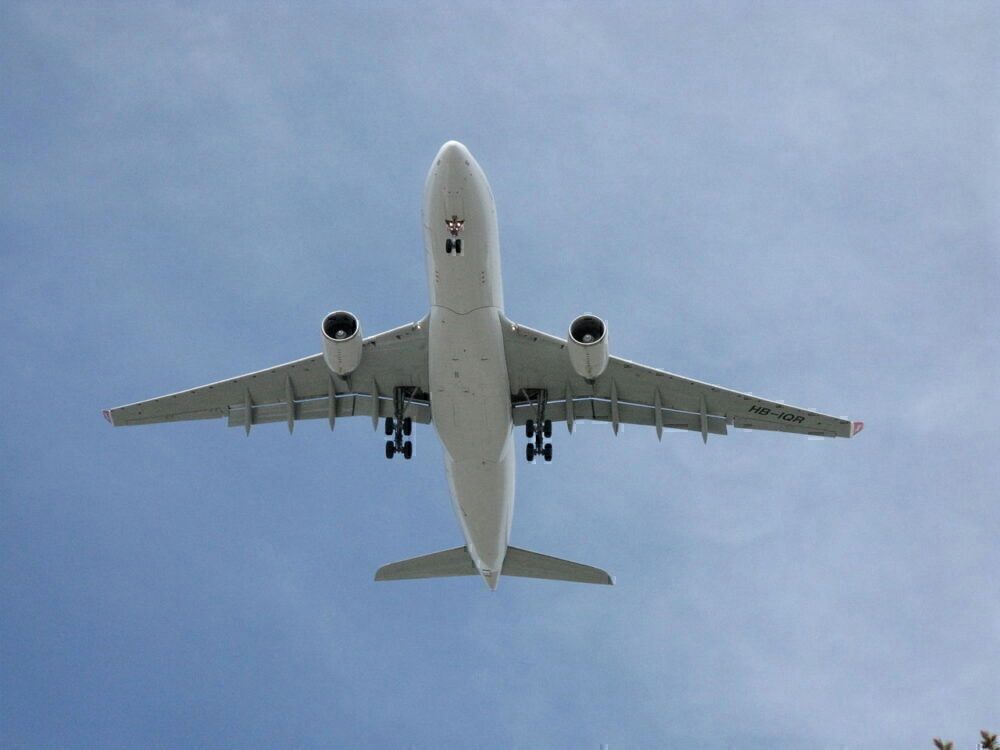In the year 2000, the European planemaker Airbus had plans to launch an A330-100, an aircraft designed to replace the A310. We're familiar with the -200 and -300 'ceo' variants that exist today but let's take a look at the shortened -100 concept that never came to be.
Updating the A310 and A300-600
The news of Airbus' intention to bring to market a new, shorter A330 took place over 20 years ago, when its older widebodies needed replacing.
According to a February 2000 article by FlightGlobal, Airbus had set the new aircraft's entry-into-service date for 2003. The A330-100 was intended to be an A300/A310 replacement that would meet the requirements of Singapore Airlines.
At this time, Airbus was still producing the A310 and A300 (and would continue to make these until 2007), but these jets were lacking the innovative technology of their newer siblings, the A320, A330, and A340. Thus a replacement was needed to fill this segment of the market and remain competitive.
One of the key updates needed for the A300-600 and A310 was fly-by-wire technology - something present in the newer models of Airbus' commercial jets. The A300-600 and A310 were indeed innovative in their use of electrical signaling on secondary flight controls, but Airbus wanted to take this 'computerization' further and did so in their later designs.
Airbus describes its fly-by-wire technology as follows:
"Deflections of the flying control surfaces on the wing and tail are no longer driven directly by the pilots’ controls, but by a computer which calculates exactly which control surface deflections are needed to make the aircraft respond as the pilot wishes. In place of the pilots’ control column would be a simple sidestick control."
A330-100 details
Now that we know why an A330-100 was proposed let's take a look at what kind of specifications the aircraft would have had. The A330-100 would have essentially been a shorter A330-200, complete with fly-by-wire control and the rest of Airbus' latest technological developments at the time.
The new aircraft would have had wings and engines identical to the A330-200, but Airbus would have shortened the fuselage to eliminate 20 to 40 seats. The plane would have had a range similar to the A300-600, which could fly as far as 4,150 nautical miles.
Attending a briefing for journalists in 2000, Business Times Singapore quoted Airbus' VP of Marketing as saying that Airbus was leaning towards developing the A330-200 shrink. The other option would have been to redesign the existing A300-600 with modern electronics.
That same Airbus executive made it clear that this concept would not undergo full development until sufficient commitments were made by airline customers - something we often see with proposed aircraft concepts. The A330-200Lite was another concept that never came to fruition due to a lack of airline interest. Clearly, Airbus never found the support it needed to go through with the A330-100.
Do you think an A330-100 would have found popularity with airlines? Or was Airbus right to scrap the idea? Let us know in the comments.



